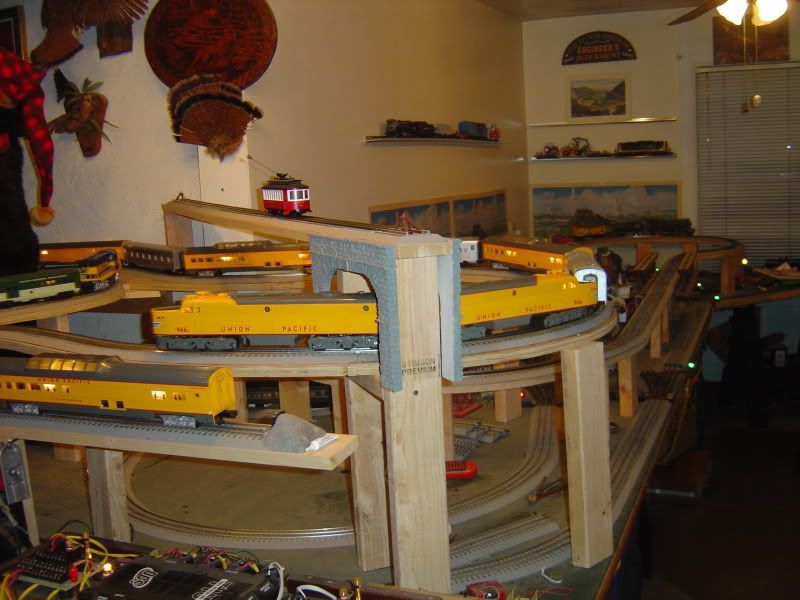For my Williams locos, in addition to wiring the motors in series and replacing the headlights with LEDs, I also add some diodes in series with the motors to drop the voltage so that I have a higher starting voltage, and a lower "top end". As a result, my lights and sound system come on while the loco has not started moving. Then, as I add voltage the loco eventually starts moving, but the diesel rev sound also increases - a realistic effect.
I am also installing one or two thermistors, so that the loco gradually increases in speed as the thermistors warm up. I don't recall whose idea this was, but it was a poster on this forum.
I just received my new Williams GP 30 with sound system. Great runner and great sound, but it runs too fast for the diesel revs to change up from idle. So, I will add the diodes and themistors to this loco as well, and probably replace the headlights with two small LEDs - we shall see.



